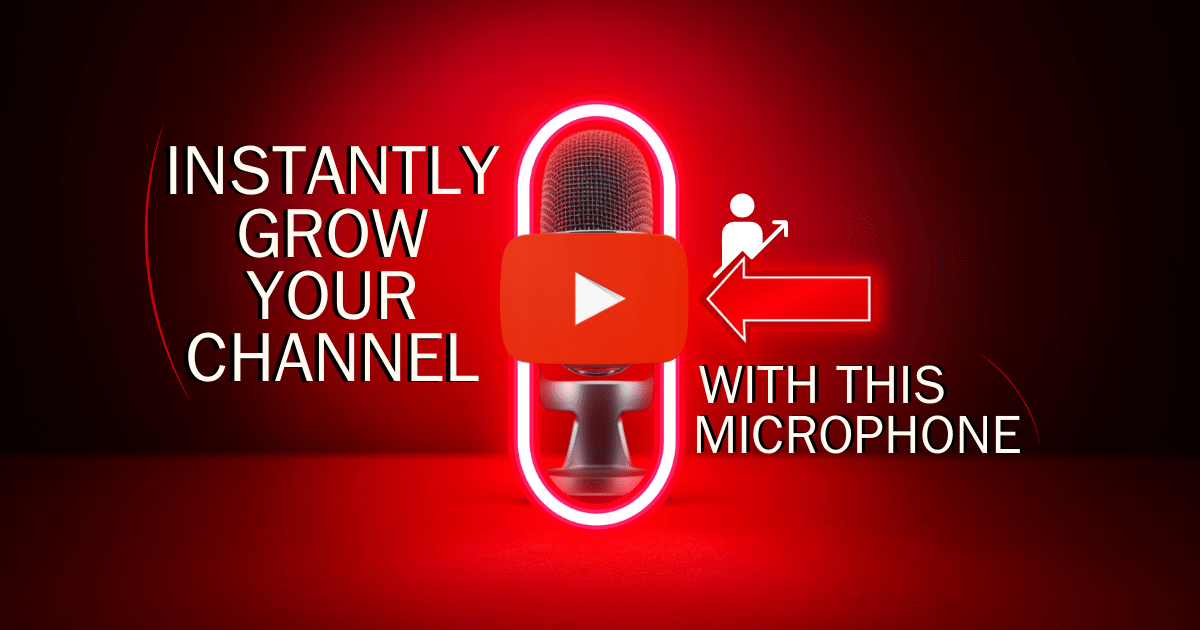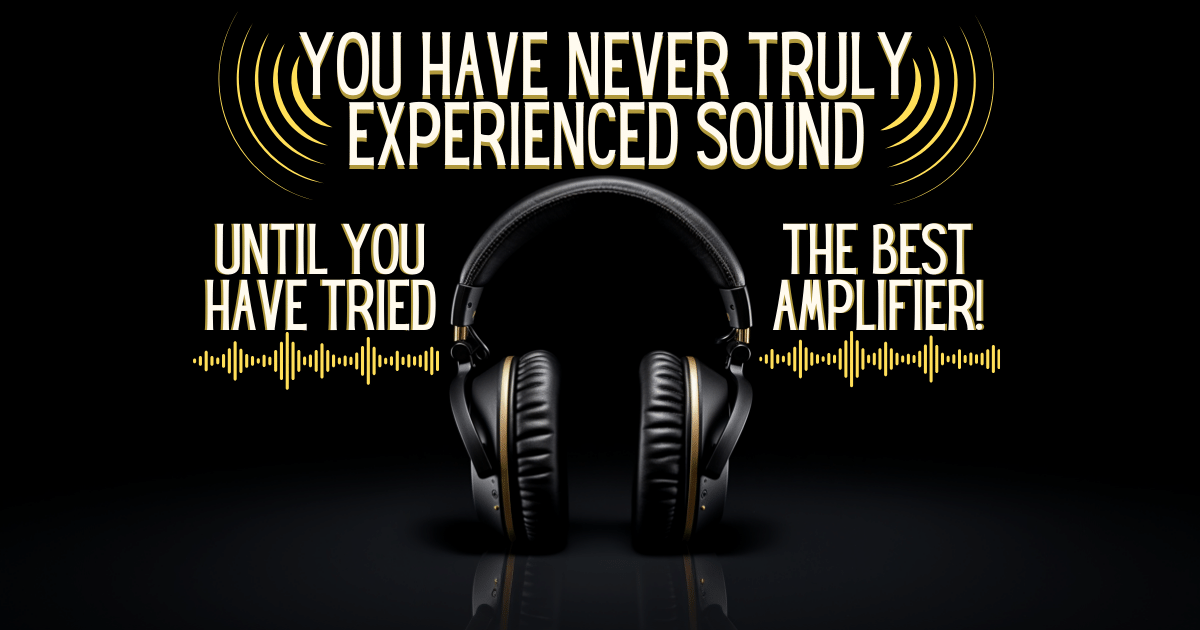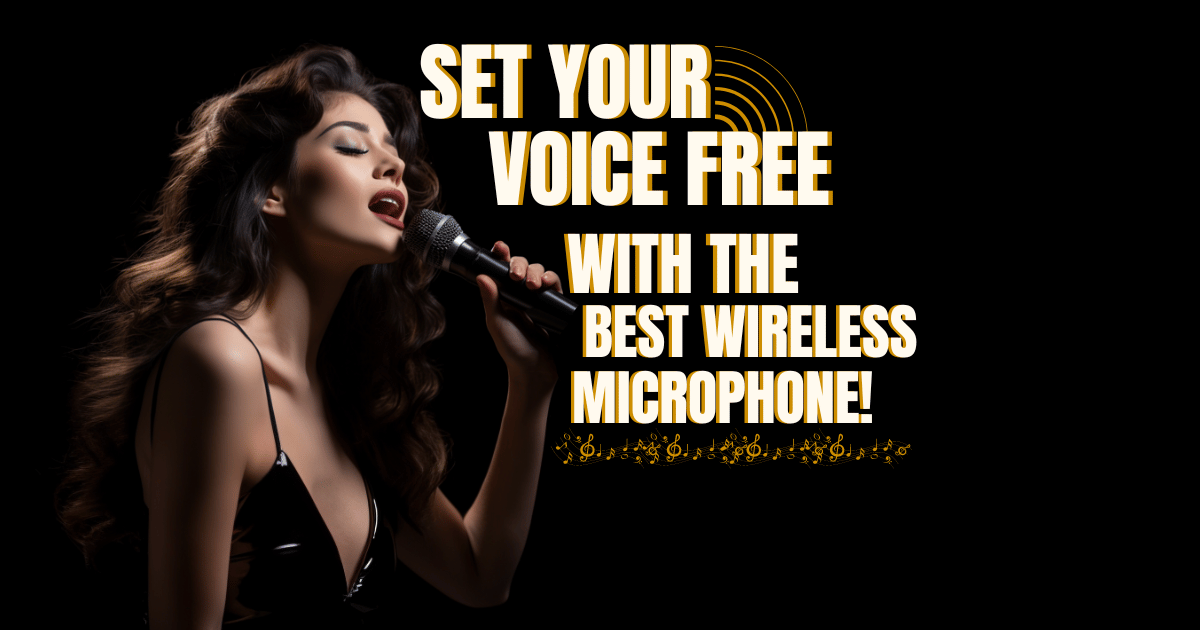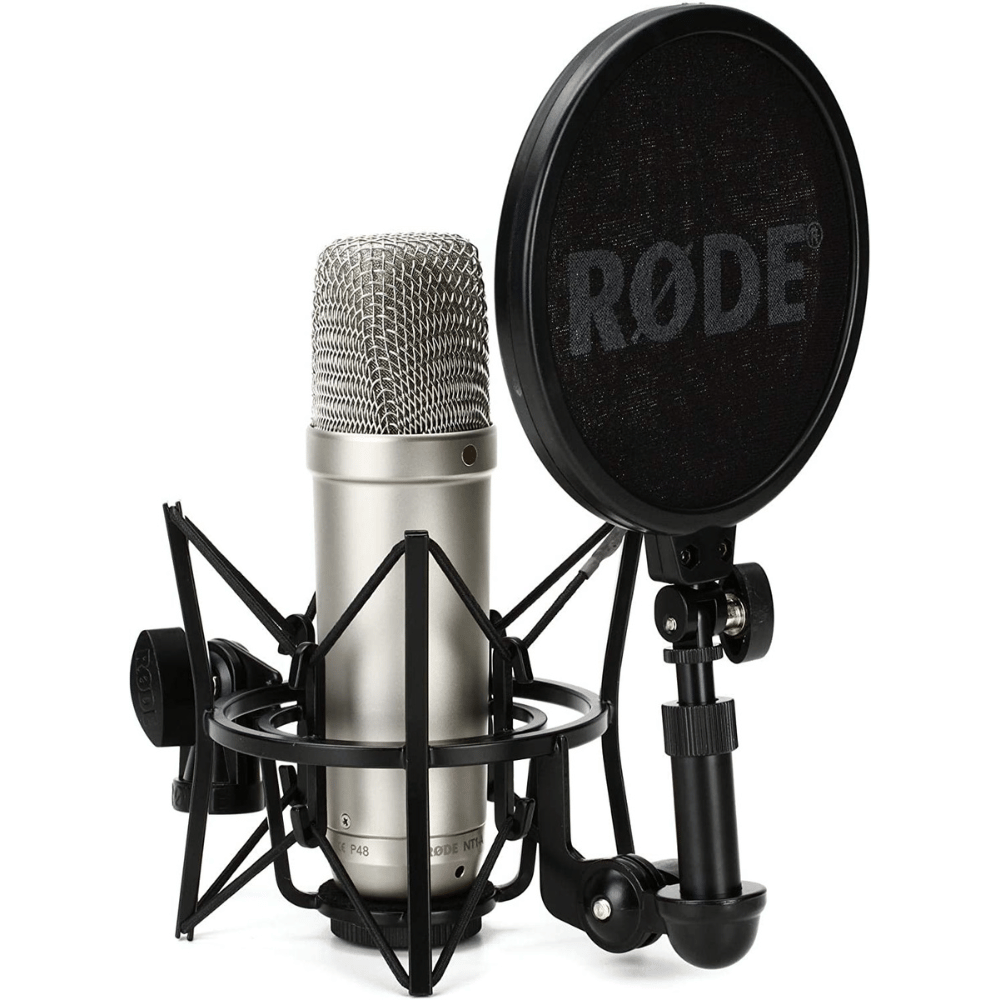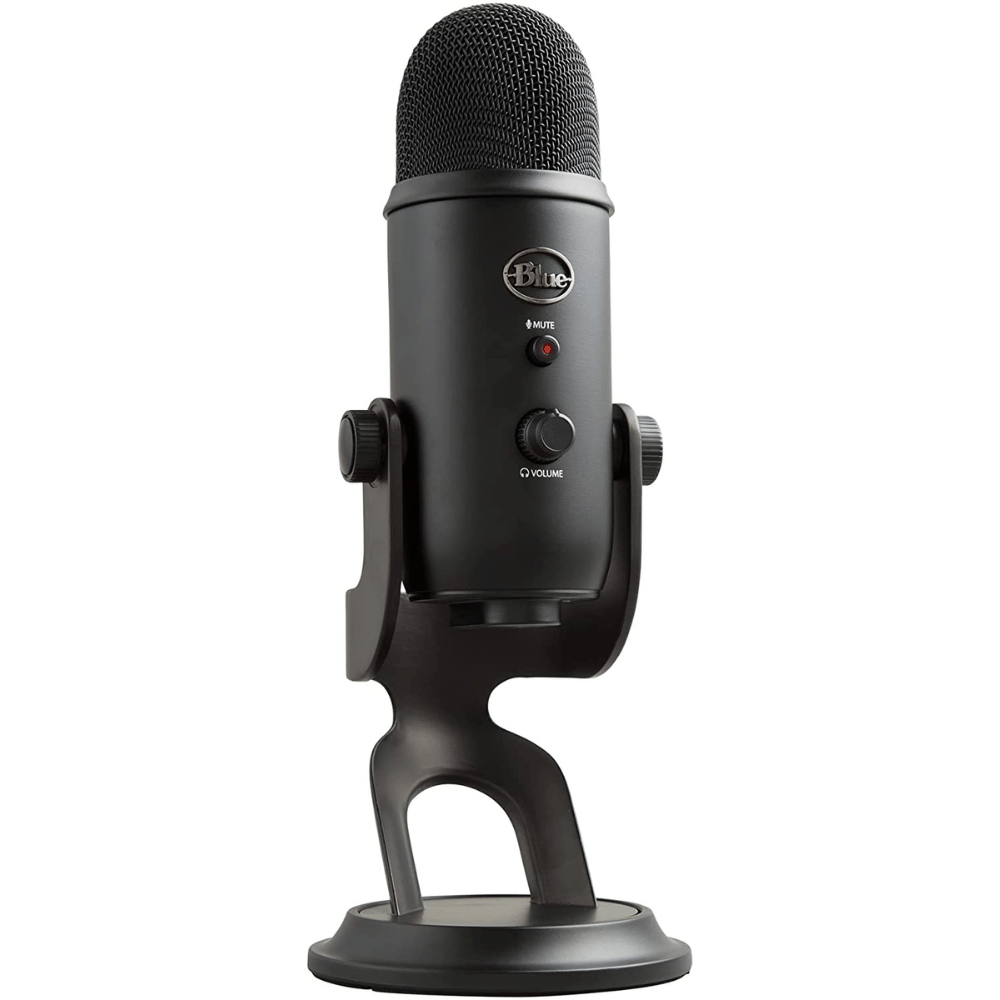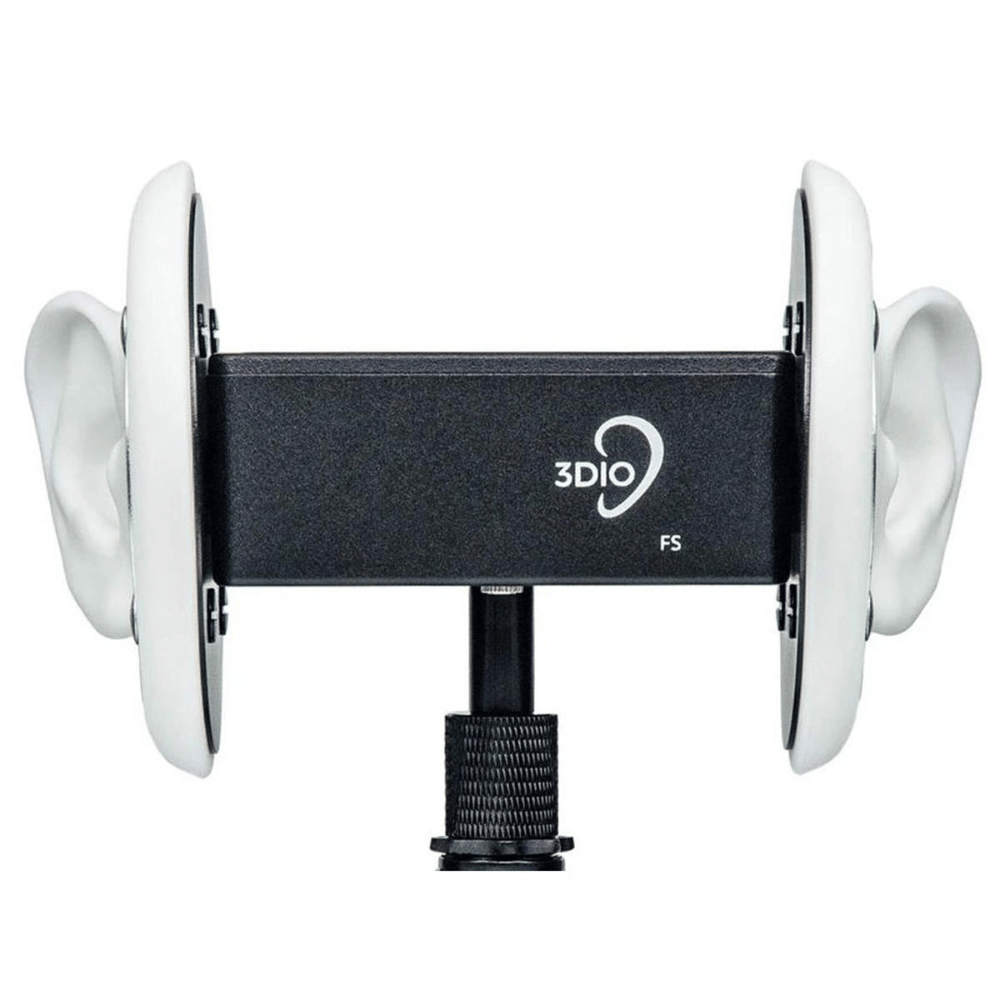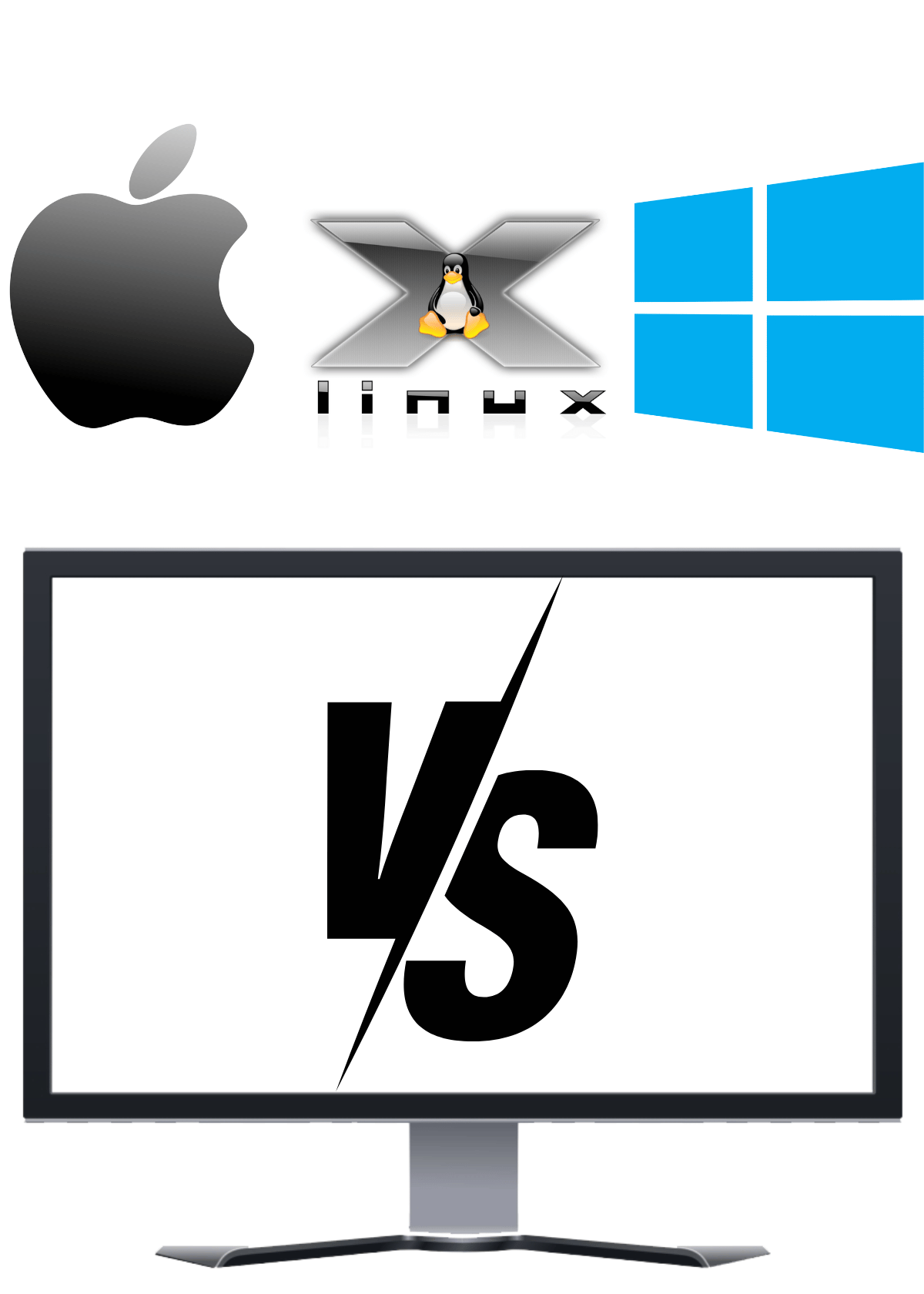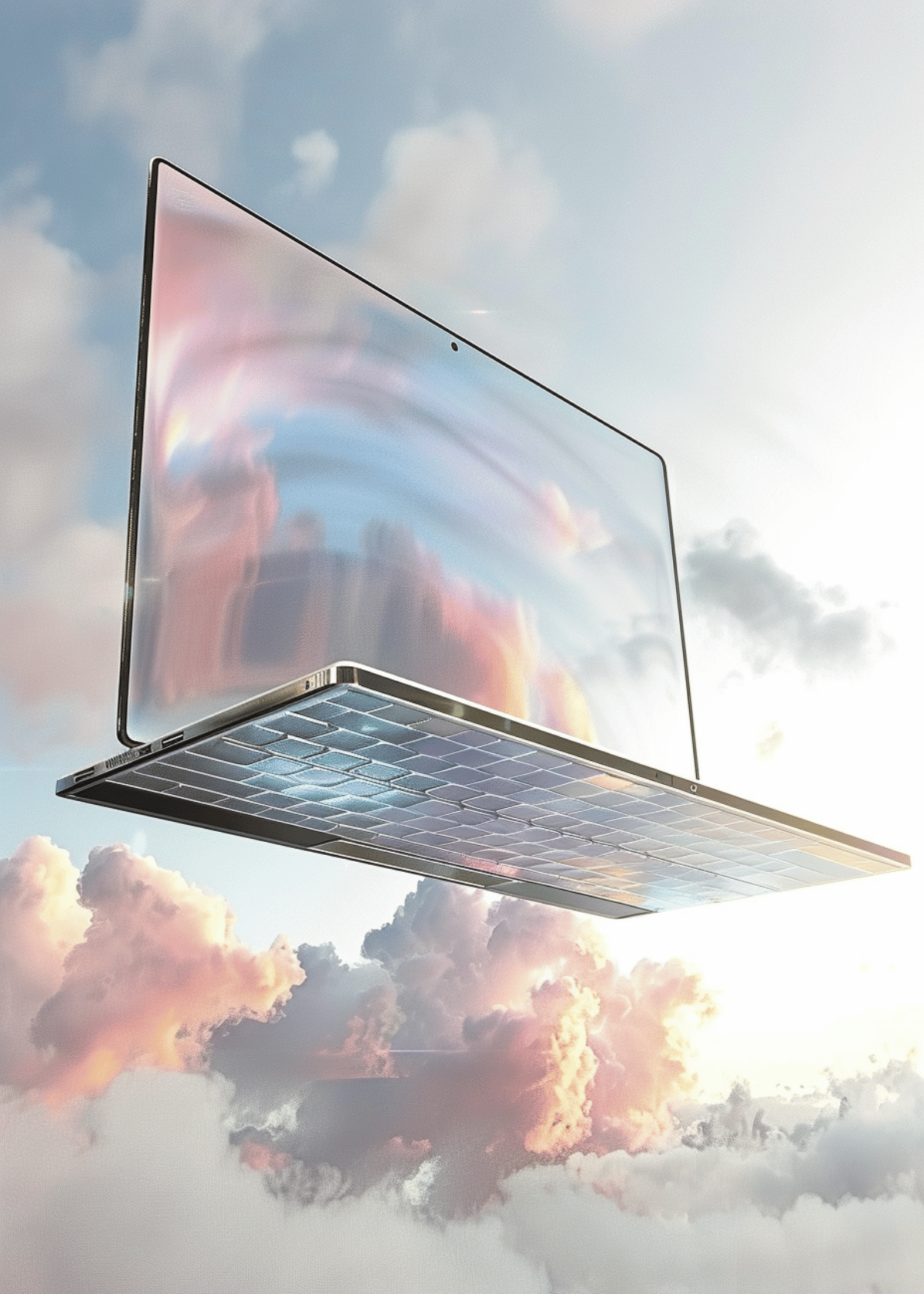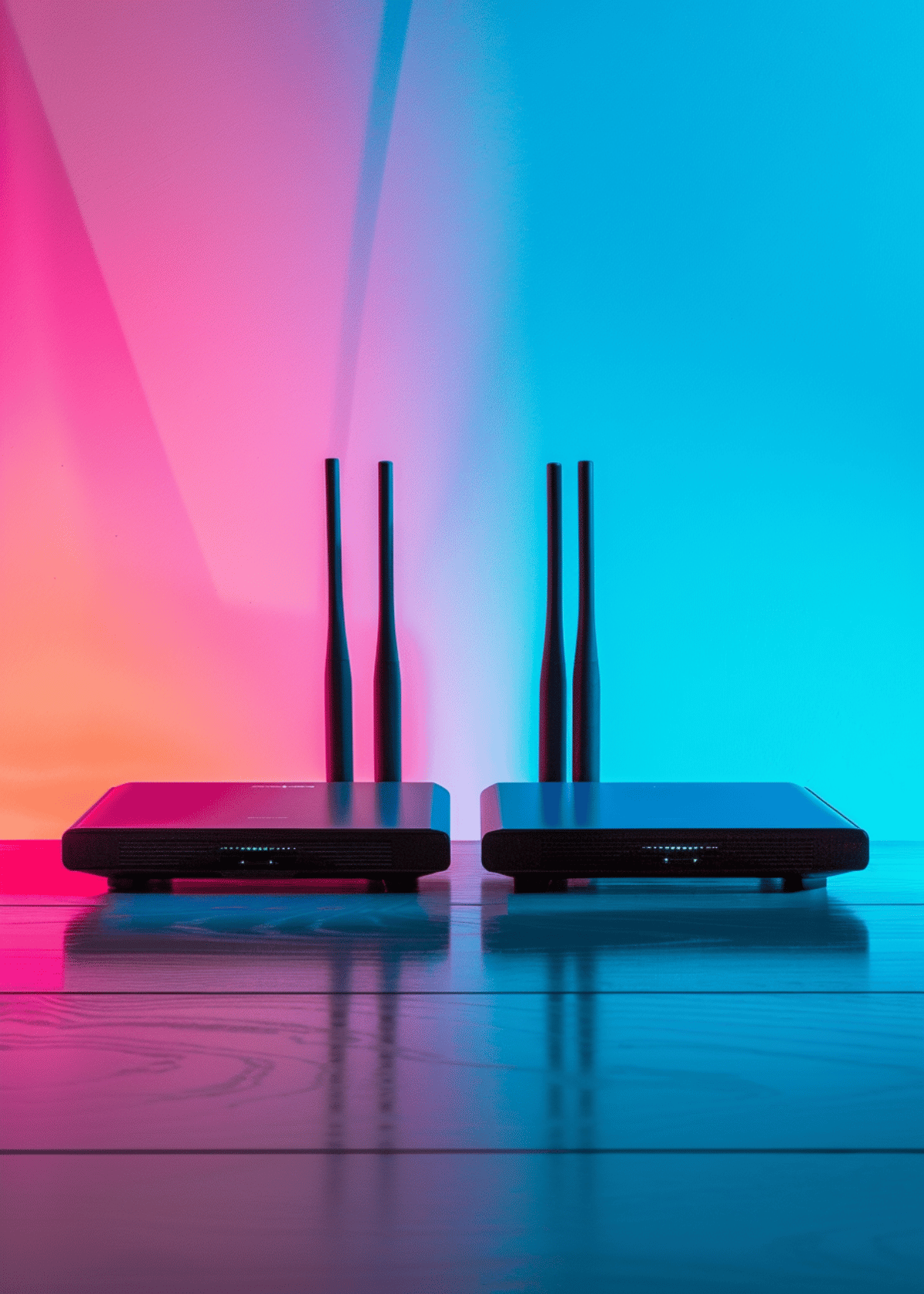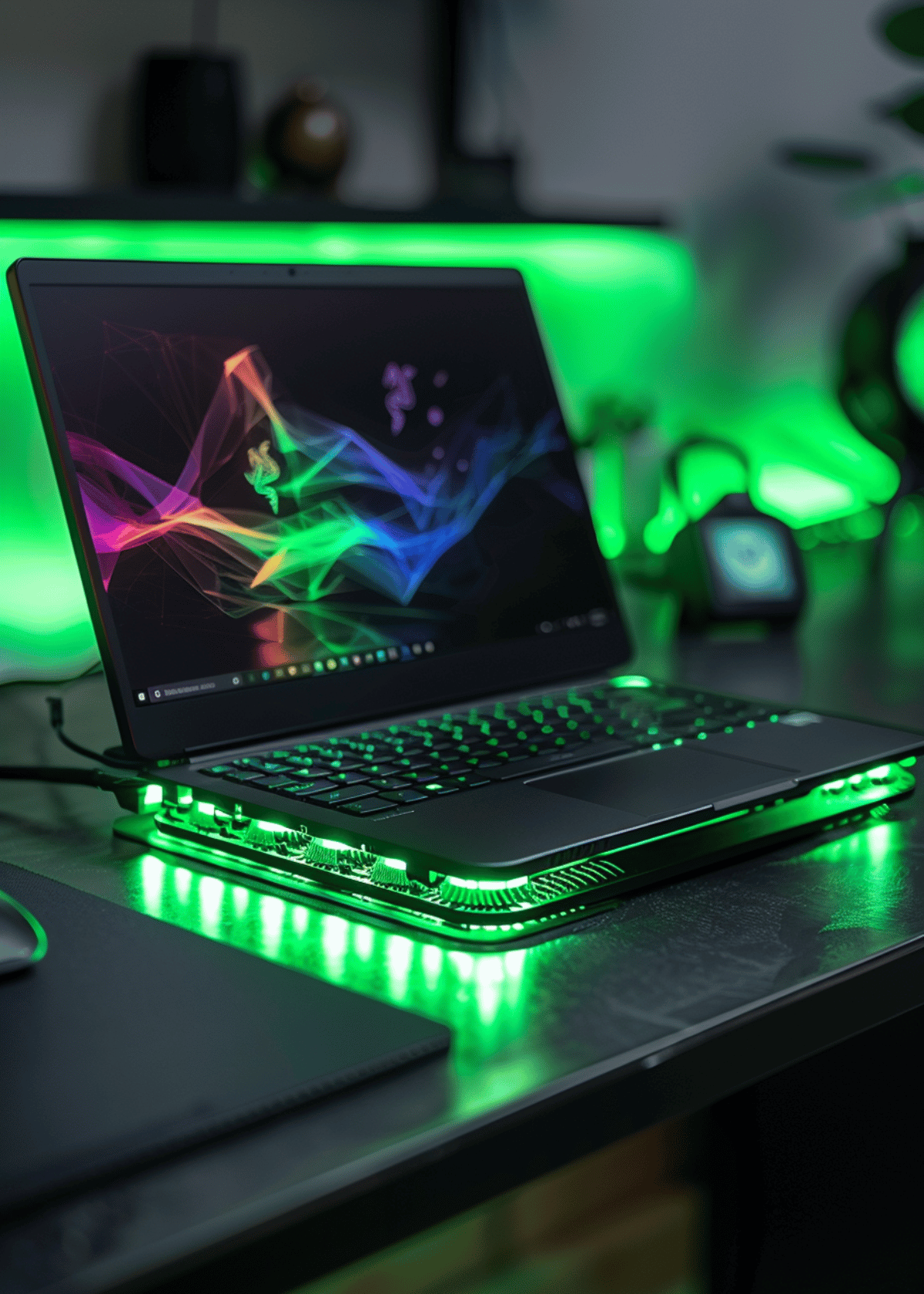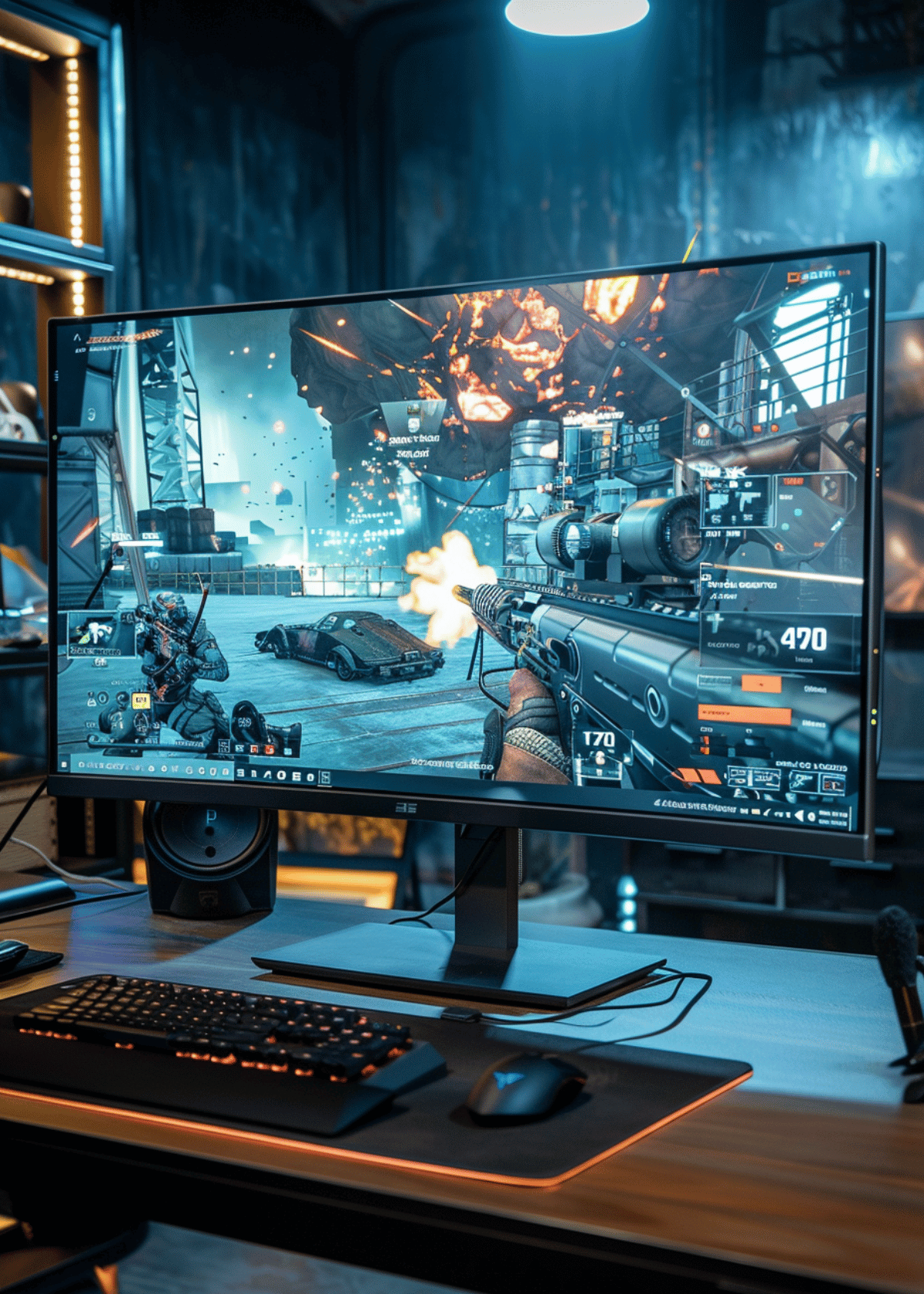The Best ASMR Microphones That Bless Your Voice & Bring Heaven To Those That Listen! 🎙
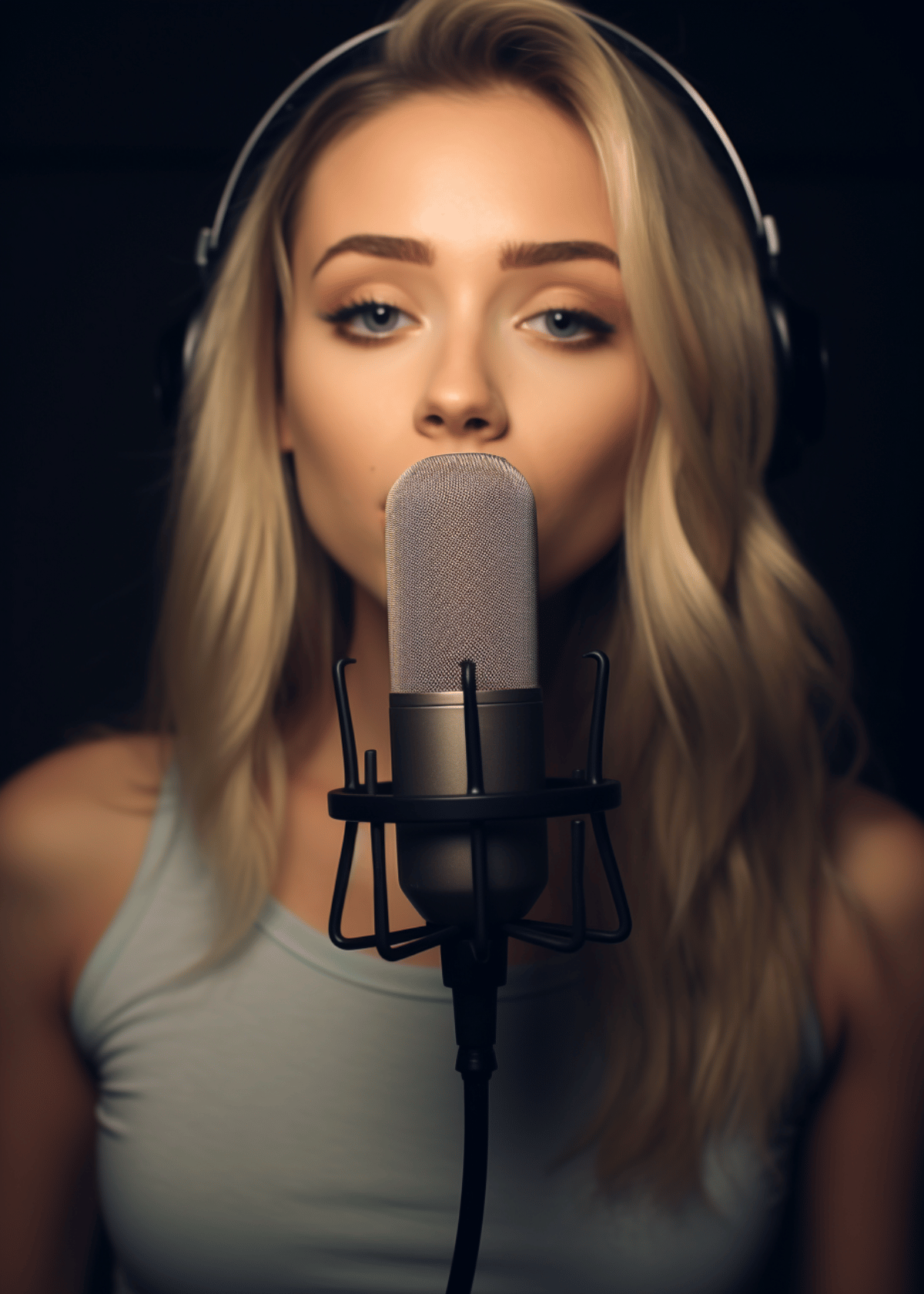
Are you a fan of ASMR? Have you ever felt tingles down your spine listening to the sound of somebody whispering? Then you understand how captivating and calming it can be. But in order to get that truly mesmerizing experience at home, with crisp low rumbling noises and enjoyable audio effects, you need more than just a pair of headphones – you need the best ASMR microphone. In this blog post, we'll introduce some of the top contenders for capturing great-quality ASMR clips and audio samples. Get ready for an audio adventure!
How We Chose The Best ASMR Microphones
It's hard to find the perfect audio device for your needs. You might read a lot of reviews, but it's still difficult to know which one is the best for you.
Whether you're looking for headphones, earbuds, headsets, or mics, it can be tough to figure out which one is right for you. There are so many different brands and models that it can be overwhelming.
We've done the hard work for you. After reading thousands of reviews and spending dozens of hours testing products ourselves, we've come up with our top 3 picks for ASMR recording.
Rode NT1-A Large-Diaphragm Condenser Microphone
The Best Professional Microphone For ASMR 🏆
Why We Love This Mic ♥-
The Rode NT1-A Large-Diaphragm Condenser Microphone is the perfect choice for recording ideal sound. This industry standard microphone is designed to deliver excellent sound quality with warmth, extended dynamic range, clarity and high SPL capability - all of which feature on far more expensive microphones. With its sleek, low noise design, you can rest assured that your recordings will come out clear and vibrant while having minimal background noise and static. Plus, with its superior self-noise performance you won't be battling unwanted fuzz when playing back your recordings. With its wide-range frequency content and ultra-low distortion technology you can look forward to minimal post production work - so all your edits are fast and easy! Get the best sound quality without breaking the bank when you choose the Rode NT1-A Large-Diaphragm Condenser Microphone!
What You Should Know-
Are you looking for condenser microphones at a fraction of the cost? Look no further than this mic! This condenser mic provides a professional level of quality and is perfect for those who are trying to get into ASMR recordings. Cut down on your expenses while still enjoying superior sound quality - which makes The Mic one of the best investments you can make today if you’re looking to create content that really stands out. Don't delay - your fans will be more than pleased with the results.
Blue Yeti USB Microphone
The Best Valued Microphone For ASMR 💸
Why We Love This Mic ♥-
The Blue Yeti USB Microphone is a must-have for any aspiring or seasoned musician. With 3 condenser capsules and a polar pattern selection of cardioid, omnidirectional, figure-8, and stereo polar patterns, this mic ensures that you get clear sound quality no matter where or how you record. It’s easy to connect the Yeti to any digital audio work station through the USB port on your computer for easy operation. And it’s built with an all-metal body so it’s both durable and compact. Whether you’re recording at home or in the studio with professionals, you can trust the Blue Yeti USB Microphone to give you professional results every time. So if you're looking for quality audio recordings that are reliable and hassle-free then look no further than the Blue Yeti USB Microphone!
What You Should Know-
With usb microphones, you don't have to worry about being limited when it comes to producing clear and high-quality sound recordings. Thanks to the four pickup patterns - flexible cardioid, omni, bidirectional, and stereo - you no longer need multiple condenser mics for getting the perfect sound. And with the onboard audio controls such as headphone volume, pattern selection, instant mute, and mic gain, you've got total control over your recording and streaming sessions. Now you can start crafting audio magic without breaking the bank!
3Dio Free Space Binaural Microphone
The Best ASMR Microphone For Realism 😮
Why We Love This Mic ♥-
Introducing the 3Dio Free Space Binaural Microphone – an audio tech innovation that shakes up the industry as you know it! Not only does this ‘mic’ have a bold, eye-catching design that captures attention from all who set eyes on it – but its impressive sound quality will make you wonder if teleportation is real after all. The 3Dio Free Space Binaural Microphone has one-of-a-kind features that create an immersive experience previously undiscovered in sound technology.
You can expect to truly be transported in your listening journey with this state-of-the-art microphone. When recording, you can open up to a world of originality and let go of any limits or boundaries to dream up something new like never before. The recordings engineered by this mic are so lifelike they’ll make you feel as if someone (or something) was right beside you during playback, giving listeners a whole new level of interactive entertainment. Whether working on music production, gaming audio, ASMR or simply for wanting to hear things differently – the 3Dio Free Space Binaural Microphone will unlock potentials that may have otherwise gone unheard in your projects.
Don’t miss out on experiencing one of the most revolutionary sounds yet with this innovative sound tech breakthrough! Get ready to move into a new era of auditory exploration – get started and turn your vision into reality with the 3Dio Free SpaceBinaural Microphone today!
What You Should Know-
Honestly, you don't have to spend a bajillion bucks to get binaural recordings of the highest possible quality. The Free Space binaural microphone is the perfect example: offering amazing capabilities and quality at a surprisingly affordable price. It comes equipped with integrated microphone capsules that are super sensitive and quiet, providing you with a binaural recording with a such crisp sound that it sounds like you were there during the recording. Besides great value for money, what makes this binaural mic even more appealing is its portability; it provides you professional binaural sound in the palm of your hand - making it one of the best ASMR microphones around.
Frequently Asked Questions (FAQs) When Looking For The Best ASMR Microphones 💭
What should I look for in ASMR mic?
If you’re looking for an ASMR mic, then there’s a few features that are crucial to keep in mind. First, you should always look for one with low self noise; it makes a huge difference in quality. Second, make sure the mic has phantom power – this helps give the audio maximum power and range (which is pretty essential for ASMR). Third, consider investing in either a condenser or dynamic microphone – both of these pick up sound very well as long as they are positioned correctly. Lastly, get yourself one with a cardioid polar pattern – this will help minimize background sounds and focus on just your voice! With all these features combined together you can be sure that the results will be nothing short of amazing.
How far should asmr microphones be away from your mouth?
That depends on the type of mic you’re using and the sound quality you’re aiming for. If you’re just looking for basic audio recording, keeping your mouth about six inches away from the mic is generally a good rule of thumb. But if you want to record high-quality audio with a bit more personality and presence, then moving closer is often better (usually 4-6 inches).
Of course, there are exceptions depending on what kind of sound and style you’re going for. Certain types of mics lend themselves better to particular sounds or scenarios than others - if recording vocals, dynamic mics tend to be best: they pick up sound very well but don't necessarily capture every nuance as accurately as condenser mics do (and require less distance from the source). However, if acoustic instruments are your thing then condenser microphones may be preferable due to their superior frequency response - meaning that anything recorded with them should be further away from the mic so that it can capture all its nuances without distortion or frequency anomalies.
Ultimately though, nothing beats experimentation when it comes to microphone placement! So plug in and play around until you find something that works best! And speaking of experimenting - if ASMR is your jam then one popular choice among producers would be an extra sensitive cardioid condenser microphone, such as those designed specifically for ASMR use like Blue Yeti Pro or Rode NT-USB Mini. These have great sensitivity at lower volumes which makes them ideal for capturing subtle background noises without having to move too far away from the speaker's mouth.
What are dynamic microphones?
Dynamic microphones are types of microphones that work by converting sound into electrical signals. They are commonly used in live performances and recordings due to their ability to deliver clear, crisp audio from even the loudest sources. It's worth noting that dynamic mics have great directional characteristics and require no additional power source like some condenser mics do.
The most common type of dynamic microphone is the USB mic which is a popular choice for home recording setups as it can be easily plugged up directly to your computer with minimal fuss or complicated setup. Additionally, USB mics come in a variety of styles such as cardioid, omnidirectional, and supercardioid patterns allowing you to capture sound exactly how you want it based on your application needs.
But what really makes dynamic microphones shine is their ability to provide an incredibly detailed representation of recorded audio while also handling extreme volumes without distorting the signal like other types of mics might do when used at higher levels (just make sure your preamp isn't overloading!). This makes them ideal for things like podcasts, voice-overs/narration, ASMR recordings where ultra-clear vocal quality is paramount!
Is Audio Technica a good brand?
Audio Technica is one of the best brands when it comes to audio quality, and they have been making quality products since 1962. Their most popular product is the Audio Technica AT2020 microphone, which offers superb sound quality and can be used for a variety of recordings - from podcasting to ASMR. It's great at capturing detail and has very low self-noise levels - meaning you won't get any unwanted background noise in your recording. Furthermore, if you're just getting started with asmr mics, it's relatively inexpensive compared to other models on the market.
Ultimately, whether or not Audio Technica is a good brand depends entirely on what you need out of your recording setup. If all you're looking for is high-quality sound at an affordable price - then yes, Audio Technica most definitely delivers!
Should your lips touch a microphone?
Yes, your lips should definitely touch a microphone - but not any ol' mic! It's important to choose the right microphone for the job. Not all mics are designed to record sound in the same way, and by using the wrong one you may be sacrificing sound quality.
The first thing to consider is what type of mic best suits your needs. A condenser mic will produce a very clear and accurate recording, whereas a dynamic mic may provide greater durability and resistance to feedback. Depending on what you plan on recording (vocals, guitar, drums etc.), each comes with its own distinct advantages that need to be weighed up before making an investment.
It’s also worth noting that there are many different styles of microphones available out there too (like those with small diaphragms or large diaphragms). These can all make a huge difference when it comes down to getting great sound quality; so if you ask yourself "should my lips touch this microphone?" – researching which one is right for you will ultimately help answer that question!
Should I keep the foam on my mic?
Absolutely! Keeping the foam on your mic is a great way to help ensure that only the sound coming from directly in front of it is picked up. This helps to create a strong, defined cardioid pattern for the microphone. The cardioid pattern basically means that most of the sound will be received by the front side of your mic, while external sounds from behind or beside it are blocked out.
Having this strong directional signal will make sure you're getting quality recordings without unwanted noise and interference. Not having any foam on your mic can lead to technical issues like feedback - which no one wants! So if you want pristine audio output and fewer headaches down the line: keep that foam snugly in place!
What are binaural microphones?
Binaural microphones are a type of microphone that utilizes two separate condenser capsules arranged in a particular way to record audio in stereo. This technology allows for an extremely immersive and realistic listening experience, as if you were “in the room” when the sound is reproduced. Binaural mics can be used for everything from studio recordings to live performances, or even podcasting and video production.
For those looking to record ASMR (autonomous sensory meridian response) content, binaural mics are considered one of the best options out there due to their ability to capture accurate soundscapes. Depending on your budget and needs, some popular binaural mics include the Rode NT-SF1 Studio Files Microphone Bundle, Sennheiser MKH 416-P48U3 Super Cardioid Shotgun Mic Set, Neumann U87 Ai Studio Condenser Microphone Set etc.
When it comes to equipment setup for recording with binaural mics — such as how many devices you need — this will largely depend on what kind of environment you’re working in: If you need an audio interface box or software preamplifier will depend simply on whether your computer has good preamps already built-in; these days most laptops have decent preamps so that may not be necessary. You'll also want access to some sort of headphone monitoring setup so that any adjustments made during the recording process can be heard instantly without needing extra time taken up by setting up monitor speakers each time – if yours don't have one then picking up a pair of headphones with an adapter cable might not be a bad idea!
What are xlr microphones?
XLR microphones are widely regarded as the best of the best when it comes to audio recording. These mics have a 3-pin connection that lets them transmit an exceptional level of sound quality, making them perfect for professional radio stations, podcasting, music production and more.
For those in the know, XLR microphones are also great for creating ASMR videos as they capture extremely accurate and detailed audio recordings. Unlike other types of microphones, you don't need any additional equipment because they already come with an integrated preamp that boosts gain levels which is essential when trying to capture soft background noises like whispering or close-up sounds like scratching paper.
The ability to control frequency response gives users complete control over how their recordings sound – whether you're using the mic for vocals or capturing ambient sounds. Plus, these mics come with excellent noise cancellation properties so that any external so won’t interfere with your recording. And since they often come with built-in shock mounts and adjustable stands, you can set these XLRs up practically anywhere without worrying about any background vibrations ruining your recordings!
What do I need for my ASMR setup?
If you're looking to get your ASMR setup right, there are a few items you'll need to make sure your recording sounds perfect. First up, you'll need a shock mount so that any bumps or vibrations during recording don't affect your audio quality. This is especially important if you plan on doing recordings in different environments or using equipment that could cause interference and unwanted noise.
You'll also want to purchase a microphone stand; this allows for better positioning and sound capture of the microphone itself. Finally, make sure to invest in high-quality microphones which will pick up on all the subtle nuances of sound for ultimate relaxation!
With these pieces of equipment in hand (literally), plus some research into acoustic considerations for creating an optimal listening environment, you should be ready for hours of immersive ASMR enjoyment!
Why do I need a specific mic for asmr?
When it comes to ASMR, the most important element is sound quality. That’s why having a specific microphone for ASMR recording is so important! A high-quality mic captures the nuances in sound that can create tingles and help you create amazing content.
The trick is finding one that fits both your budget and your needs. For starters, look for a cardioid condenser mic that has a flat frequency response. This will ensure you get high-quality recordings with minimal background noise. Additionally, make sure it has an adjustable gain control so you can adjust how loud the audio is easily and quickly.
Next up, consider getting a shock mount to go along with your new mic; this will reduce any vibrations from movement or contact that could be picked up by the microphone while recording. Plus, invest in some pop filters if you plan on doing voice-overs or speaking - these help eliminate any plosives (the “p”/”b” sounds) from being amplified into your recordings too loudly or sharply!
Finally, think about investing in an audio interface if possible - this helps add clarity to your recordings and gives them more depth overall than just plugging directly into a computer would allow for. Having access to software EQs also allows for even further manipulation of sounds if desired; this means achieving even better sound quality (and potentially those ASMR tingles).
So there ya have it: investing in all these pieces of equipment might seem like an intimidating cost at first glance but once you hear what kind of results they produce, you'll recognize why having all these items on hand makes such a huge difference when creating professional-sounding recorded layers of audio!
What are the rules of microphone handling?
Ah, the golden rules of microphone handling! It's essential that you know and understand these if you want to avoid damaging your equipment or worse yet - ruining a performance.
First and foremost, never ever drop a mic! Not only could it damage the sensitive components inside, but it can leave permanent blemishes on its surface. Never run with a mic either; this puts too much stress on the handle and capsule. And always keep any mics away from water, both in storage and during use – even sweat can be corrosive over time!
When plugging in mics, be sure to grip them firmly close to their base so as not to cause undue stress on their internal parts. On stage or in a recording studio environment where people may have access to cables connecting any type of sound source with microphones — ensure that all connections are properly secured and routed safely away from anyone who might accidentally trip over them.
Lastly, make sure you store microphones properly when they're not in use; place them in padded cases or bags so the capsules are safe from accidental bumps or other types of physical trauma which can lead to premature wear-and-tear down the line. Following these basic guidelines will help get your equipment off on the right foot each time it’s used - ensuring quality results every time!
How loud should you speak into a mic?
If you want to get the most out of your microphone, it's important to understand the concept of dynamic range. In general, you should always aim to speak at a volume that is just louder than what would sound natural in a room without amplification. This way, you'll find the sweet spot that produces an optimal signal-to-noise ratio - your voice will be clearly audible while minimizing external sound and distortion caused by clipping.
In order to check whether or not you're speaking at an appropriate level, there are a few things that can be done: firstly, make sure your recording environment isn't too loud or noisy; try using headphones so that only your voice and any other recorded signals come through clearly (so as not to confuse your ears). Secondly, use proper mic technique with good posture and articulation when recording. Finally, monitor levels via metering on the mixer or software app - if the meter enters into red regularly when speaking into the mic then it's likely time to lower down slightly!
Last but not least - have fun with it! There’s no need for overly loud voices; subtle variations in volume can add depth and richness which helps capture emotion as well as allow certain words & phrases to stand out more effectively. Speak up confidently but don’t overdo it - this is exactly how loud one should be when talking into a mic!
What is the 3-to-1 microphone rule?
The 3-to-1 microphone rule is a simple yet effective way of ensuring that you get your desired, balanced sound in any recording. Put simply, the rule states that for every microphone you have placed in front of a source (i.e. a vocalist), you should have three microphones surrounding it at an angle of approximately 120 degrees—this forms what’s known as an equilateral triangle around that source.
The idea behind this placement technique is to create what’s called ‘imaging’ in the mix; essentially, this means simulating ‘being there’ when listening back to the recording with both perfect stereo separation (due to the angled mics) and accurate representation of both direct and ambient sound from each source—allowing you to capture all elements without losing too much clarity or detail along the way.
So why bother with this mic placement? Well, aside from creating better audio for recordings whilst using minimal resources, it will also reduce phasing issues caused by multiple mics pointing towards one single source. This method helps prevent phase cancellations within room reflections because those reflections should be arriving at different times depending on their traveling distance; thanks to these differing distances created by an equilateral triangle MIC setup, we can minimize potential sonic issues!
It's worth bearing in mind that although many professionals like utilizing co-incident mic arrangements such as X/Y or ORTF setups due to their ability to accurately represent a broader range of frequencies within its polar pattern while maintaining stereo imaging - achieving superior results often comes down to picking up nuances/accuracies provided through experimentation rather than religiously following certain 'rules'. With this said, however - having knowledge and understanding some general rules certainly doesn't hurt either!
Ready To Bless Your Listeners With The Upgrade To Your Already Heavenly Voice? 🗣
In conclusion, these are what we believe to be the best microphones for ASMR. If you want to get into recording ASMR videos or simply improve the audio quality of your current ones, any one of these mics will serve you well. Be sure to check out which one is best for you by tapping the buttons above and see the great prices on these great microphones!
More For You ⬇🎤⬇
